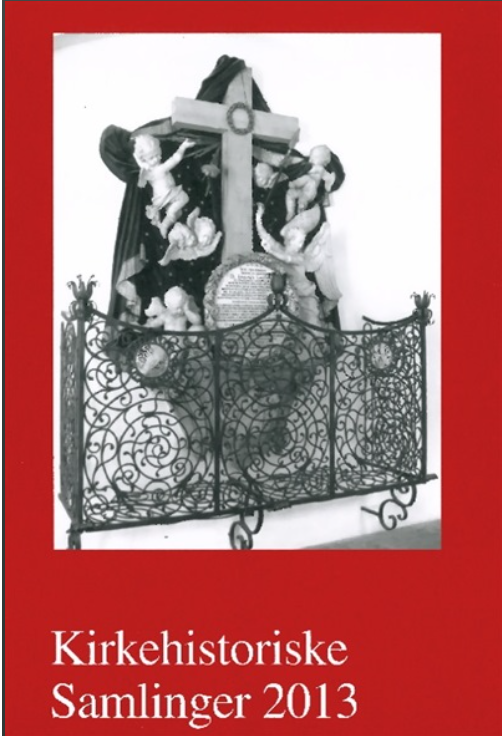Publiceret 25.02.2025
Citation/Eksport
Copyright (c) 2013 Tidsskriftet Kirkehistoriske Samlinger

Dette værk er under følgende licens Creative Commons Navngivelse – Ingen bearbejdelser (by-nd).
Resumé
I 1812 bestilte Kommissionen angaaende Frue Kirkes Gjenopbyggelse et alterbillede af maleren J.L. Lund til Vor Frue Kirke i København. Billedet blev imidlertid aldrig malet til det formål, idet Bygningskommissionen i 1820 besluttede at lade Bertel Thorvaldsen udsmykke kirkens alter med den siden så kendte Kristusskulptur. Imidlertid fremgår det af kunstlitteraturen, at det er den til Vor Frue Kirke bestilte altertavle, der i dag kan ses i Sankt Johannes Kirke på Nørrebro i København, og at den blev malet i Rom i 18183. Kildestudier – herunder breve fra kunstneren selv og sagsakter fra de involverede ministerier – har dokumenteret et andet forløb, idet altertavlen med Kristi himmelfart i Sankt Johannes Kirke først blev malet mellem 1845 og 1848.
Summary
J.L. Lund‘s Altarpiece in St. John’s Church of Copenhagen
The painting of the altarpiece in St. John’s Church in the district of Nørrebro outside the walls of old Copenhagen was a work executed by the Danish artist Johann Ludwig Gebhard Lund (1777-1867). In 1862 it was placed in the church finished as a building only a year before, in 1861. The subject of the painting is the Ascension of Christ. The painting is visibly signed and dated: J.L. Lund 1848. So the paining obviously is older than the church building itself and may not specifically have been commissioned for precisely this church.
The scene of the painting is divided into a heavenly and an earthly sphere. Christ is seen as standing on a cloud accompanied by a choir of angels. About twenty persons are depicted on earth – most of them with their glances turned upwards in the direction of Christ. Stylistically the painting must be considered part of the Early Renaissance albeit it is influenced by the German religious painters known as the Nazarenes. J.L. Lund was drawn towards and inspired by this group of artists during his stay in Rome in the years 1816 to 1819. However the Nazarene school and its style did not confirm to the dominant taste of the theological and cultural milieu of Copenhagen.
Art historians have taken it for granted that the altarpiece was painted in Rome in 1818 for the main church of Copenhagen, Our Lady’s. In 1820 the decision was made to use the sculptor Thorvaldsen’s huge figure of Christ instead of an altar painting. Consequently Lund’s painting was supposed to have been stored away for years until it could serve its purpose as an altarpiece in the newly erected St. John’s in Nørrebro. By use of letters between the artist and the Danish Prince Christian Frederik – later King Christian VIII – this investigation tends to prove that Lund did not paint his altarpiece at that time (1818) but considerably later (1845-1848).

